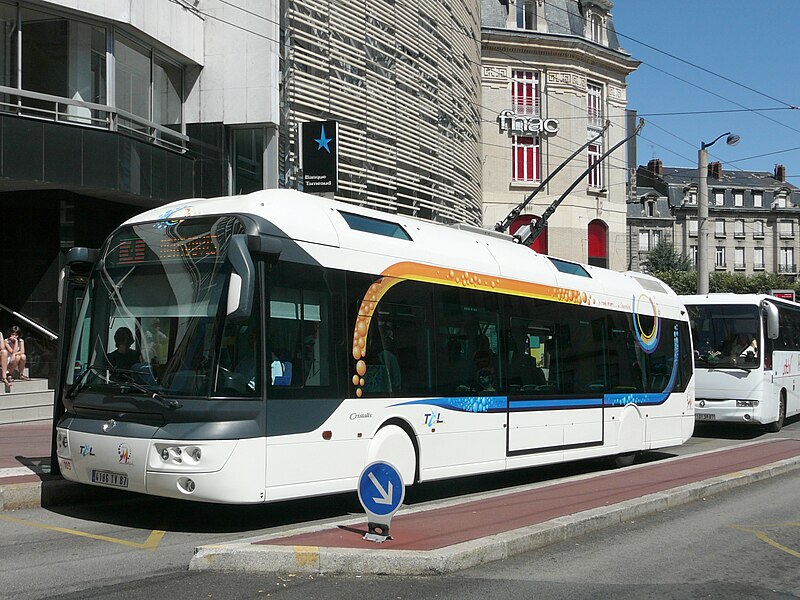A funny thing happened on the way to a downtown Los Angeles streetcar. According to the Los Angeles Times, the initial cost estimate of $125M excluded the costs of utility relocation, which could total $166M in additional costs, and $295M in operating costs over 30 years. That’s quite a bit compared to the $62.5M voters authorized when approving a community facilities district last November.
Few transit experts have met a streetcar they've liked. This doesn't mean the projects aren't justified - they can be superb economic development catalysts when complemented with smart land use strategies and targeted incentives. However, streetcars are rarely the most effective option for mobility, and any accessibility benefits are generally brought about by smart land use strategies rather than the streetcar itself. Downtown's streetcar proposal was a significant cornerstone of the Bringing Back Broadway Initiative, a larger strategy to overhaul the downtown boulevard.
Most mobility benefits can be accomplished more cost-effectively with a bus than a streetcar. Having researched how users, planners, and policymakers perceive transit, I'm quite aware that many people prefer rail to buses, even when buses provide an identical service. I'm also aware that bus service avoids the environmental impacts of rail construction, which can be a significant portion of the project's total impact, and that electric-propulsion (even using LADWP power) is far cleaner than natural gas or diesel. As such, I've gained an admiration for the trolleybus as a transit mode.

The trolleybus is a rubber-tire, street-running electric bus that, like a streetcar, draws power from an overhead catenary wire. Unlike a streetcar, the trolleybus doesn't require rails, which considerably reduces capital costs and the need for utility relocations. Modern trolleybuses are sleek and utilize the latest in modern technology, such as supercapacitors. As opposed to flux capacitors which are fabled to turn back time (an apparent goal of many streetcar projects), supercapacitors allow trolleybuses to go off the wire for short distances, enabling greater flexibility for route deviations and vehicle storage.
Trolleybuses offer several advantages over streetcars. First is avoiding the installation of rails, and associated costs of utility relocation. Rubber-tire buses can also climb steeper grades than can steel-wheel streetcars. In fact, this is one of the reasons that Seattle and San Francisco use trolleybuses on some of their steeper hills. Whereas planners modified the proposed streetcar route to avoid steep grades, the trolleybus can revert to the original, optimal route.
Furthermore, a trolleybus can avoid accidents, police incidents, and disabled vehicles by going around them, whereas a streetcar must wait for obstructions to clear. Any savings in infrastructure costs versus a streetcar can be applied to the acquisition and operation of additional trolleybuses - meaning improved service frequencies within a given budget.
However, trolleybuses are also perceived to have one key disadvantage: they're not rail. If the absence of rails in the ground is a deal-breaker, then Broadway may be "back" before the streetcar opens. Luckily, it appears that nothing in the ordinance that established the Mello-Roos Community Facilities District or the ballot language precludes the City from pursuing a trolleybus option in hope of a 2015 opening within the expected budget.
After all, $622.8M over 30 years (the high estimate of capital and operations cost) could buy a lot of paint for bike lanes that extend far beyond downtown.






